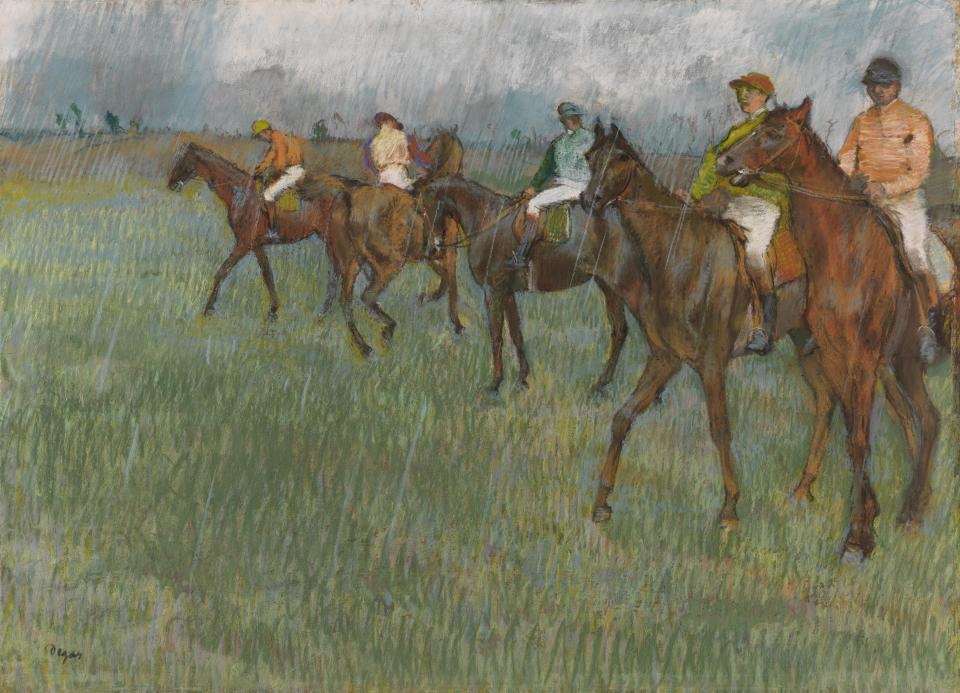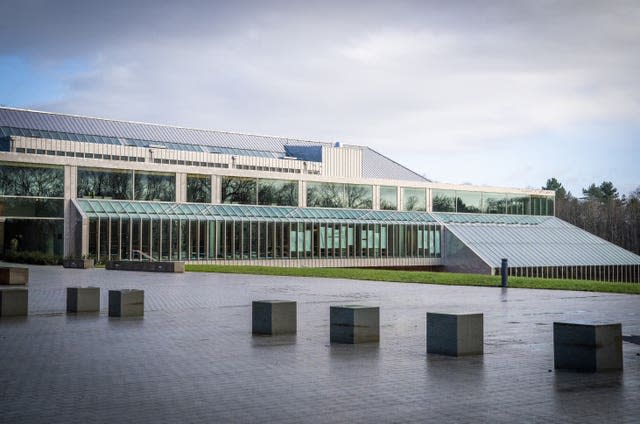Sir William Burrell’s Degas collection to go on show at major exhibition
A major exhibition of Impressionist artist Edgar Degas will open at a Scottish museum celebrating the connection between bohemian Paris and Glasgow’s industrial heritage at the start of the 20th century.
Shipbuilding magnate Sir William Burrell bought his first Degas painting in the early 1890s and accumulated a total of 23 artworks before his death in 1958, when they were donated to the city of Glasgow with the creation of the Burrell Collection.
The collected works are the first major exhibition at the museum since it reopened in 2022 after a £68 million refurbishment.

It is expected to draw international attention, and opens after three years of planning including negotiations about lighting and humidity with 13 institutions which loaned the additional artworks.
Best known for his depictions of dancers, Degas studied working-class Parisians until his death in 1917, when his paintings and sculptures gained more widespread recognition.
Sir William collected more Degas artworks than any other British collector and the exhibition, Discovering Degas: Collecting In The Time Of Sir William Burrell, opens on Friday.
Pastel sketches of Ukrainian folk dancers stamping and kicking show Degas’s interest in movement and he also studied horse-racing, circus performers and laundry workers.
A controversial painting, L’Absinthe (1896), shows a couple suffering from a hangover from the addictive hallucinogen absinthe, which gripped Paris in the early 20th century, and caused uproar in the British press at the time.
The exhibition explains how art dealer Alex Reid promoted Degas in his Glasgow city centre gallery, Le Salon Des Beaux Arts, drawing attention from Sir William, and includes a portrait of Reid by Vincent van Gogh, who he lived with in Paris.
caption id=”2.65172428″ align=”alignnone” width=”5844″]

The works will be on show at the Burrell Collection in Glasgow (Jane Barlow/PA)[/caption]
Professor Frances Fowle, who teaches 19th century French art at the University of Edinburgh, co-curated the exhibition with Pippa Stephenson-Sit, curator of European art at Glasgow Life Museums.
Prof Fowle said: “A lot of these rich industrialists made money and they were prepared to buy modern and contemporary art. Alex Reid was particularly interested in Degas – critics used to say Impressionism was ignorance and idleness but Degas was the exception.
“There are no landscapes, he liked to paint indoor scenes – the ballet dancers were showing their legs, which was quite risque. Many of the ballet dancers performed at the Paris Opera and practised in the rehearsal rooms where Degas was allowed to sketch behind the scenes. He loved the idea of capturing people unawares, it was seen as incredibly unorthodox.
“At the time L’Absinthe was painted there were problems with alcohol and the temperance movement was really strong.”
Duncan Dornan, head of museums and collections at Glasgow Life Museums, said: “We imagine Victorians as having Grand Master taste in art – this is quite way out for Burrell in the early stages of the 20th century, which reflects where Glasgow was at that time.
“Burrell took collecting very seriously, the peers of his collection are in the Met in New York.
“It is very good for the city, one of the purposes of the investment in the Burrell is to raise the profile of the cultural life here.”
Ms Stephenson-Sit said Degas “caused major scandal”, and added: “He wanted to show real Paris. I think Degas is quite unfairly called a misogynist and people focus on the keyhole images of women bathing. He wanted to show women how they actually looked.”


